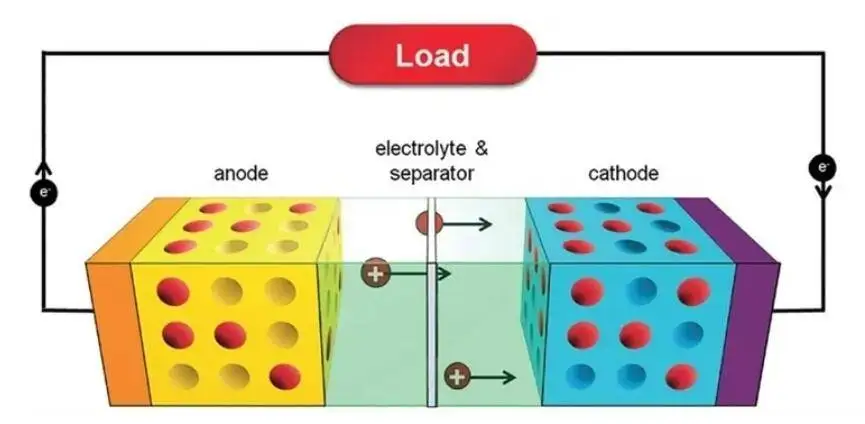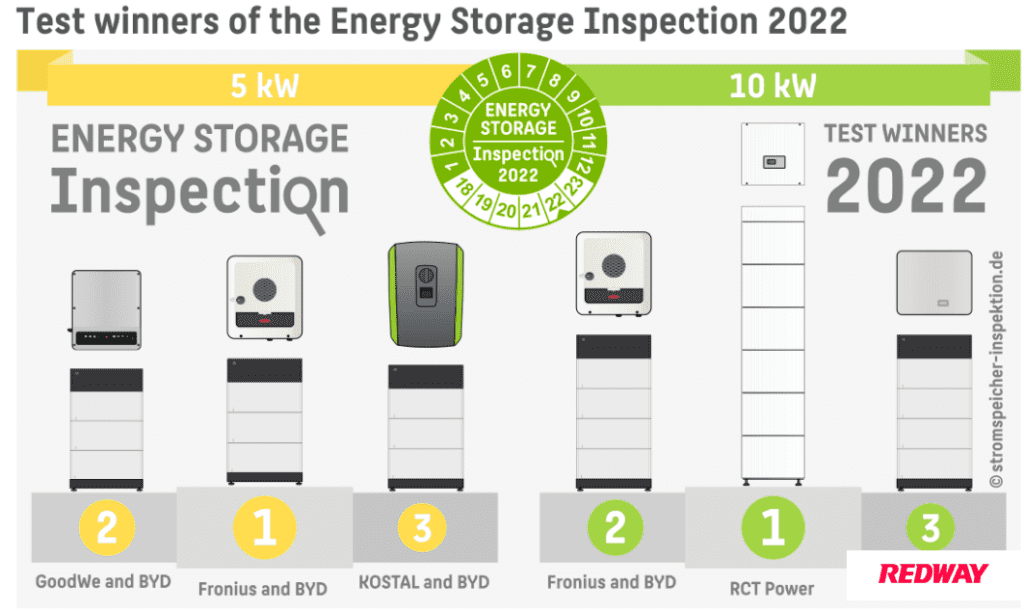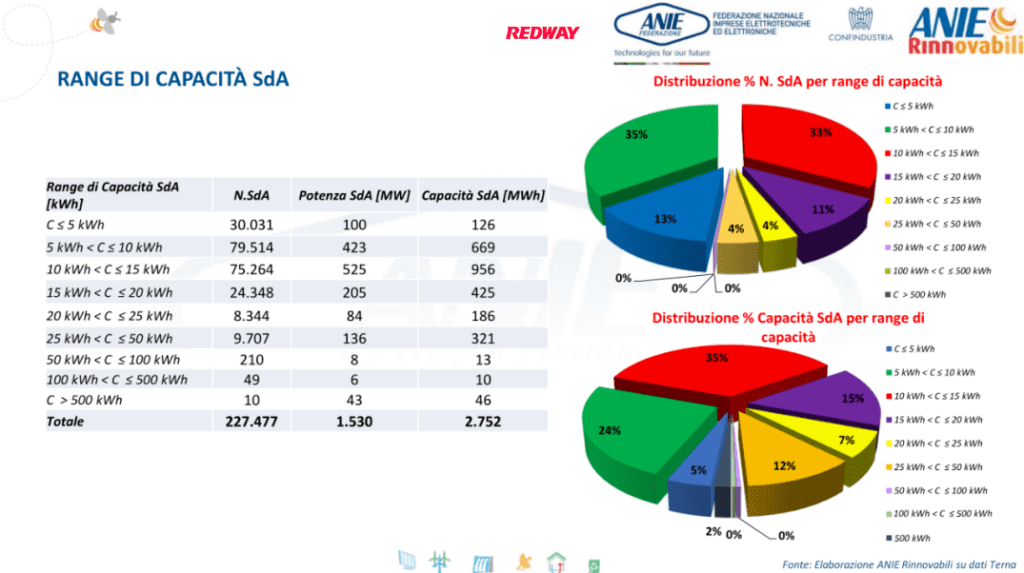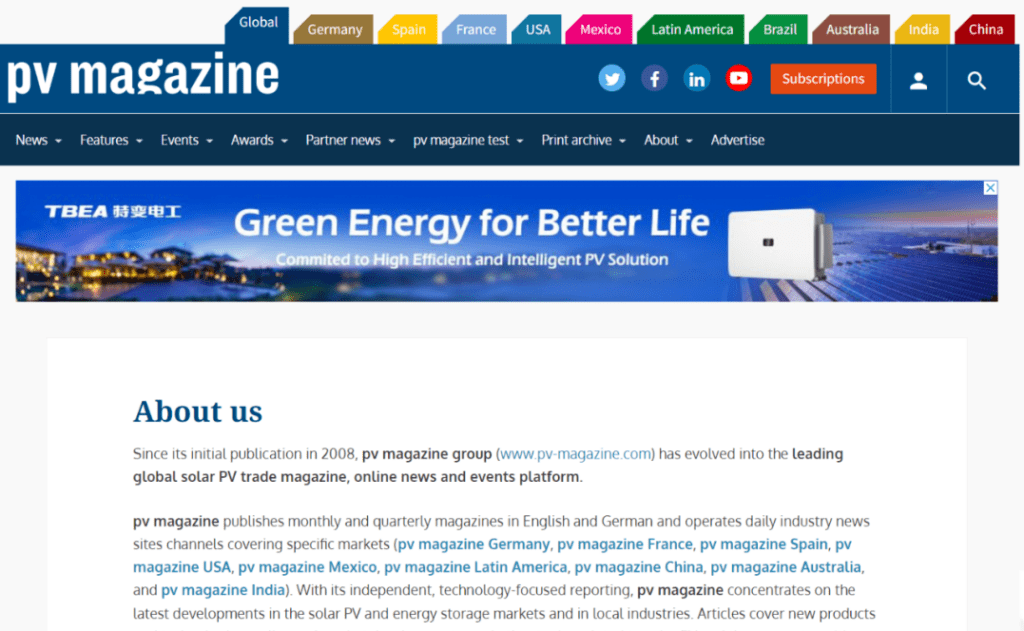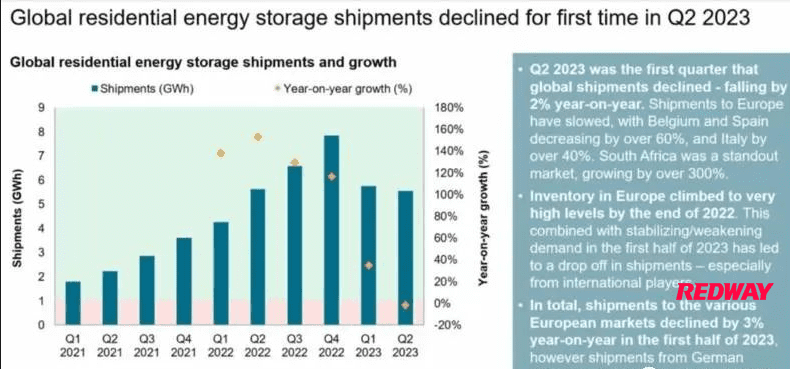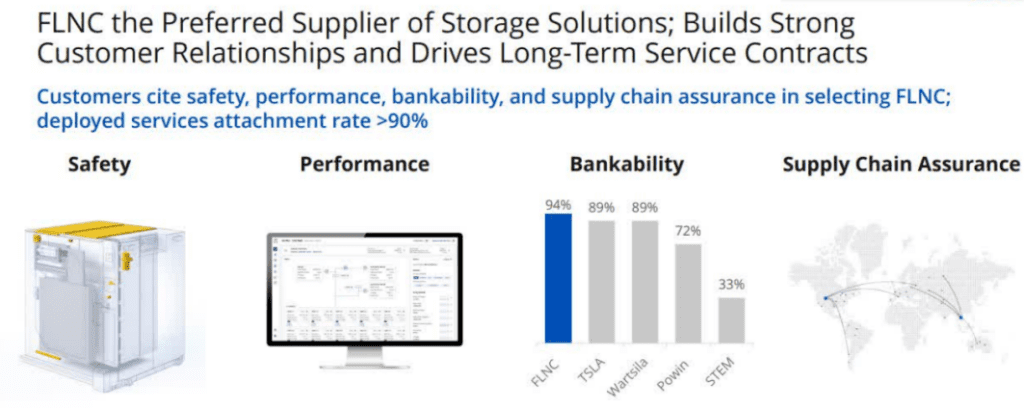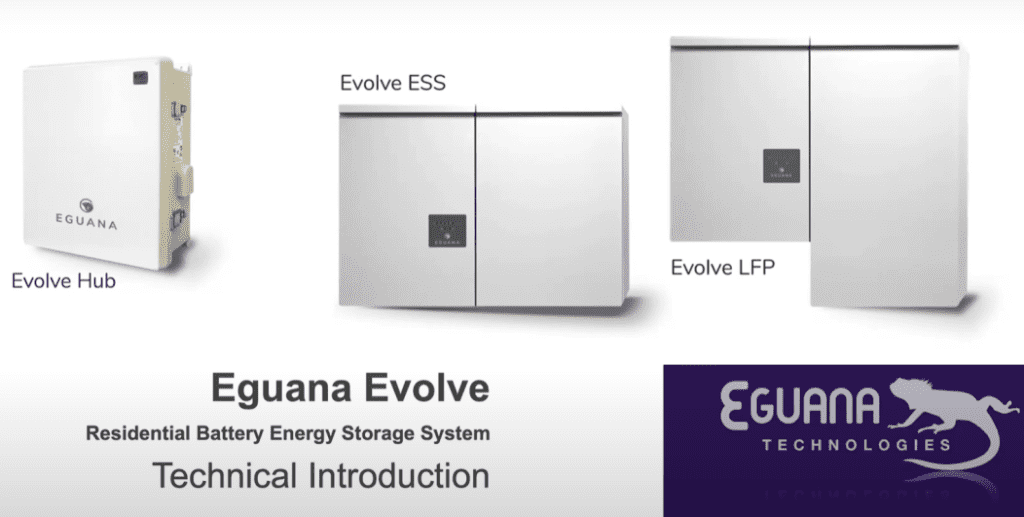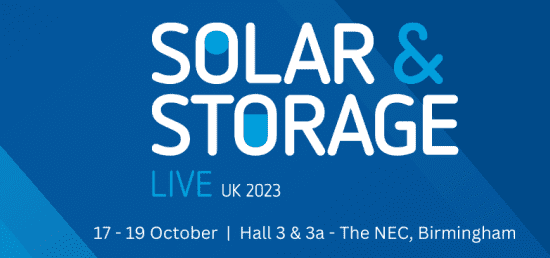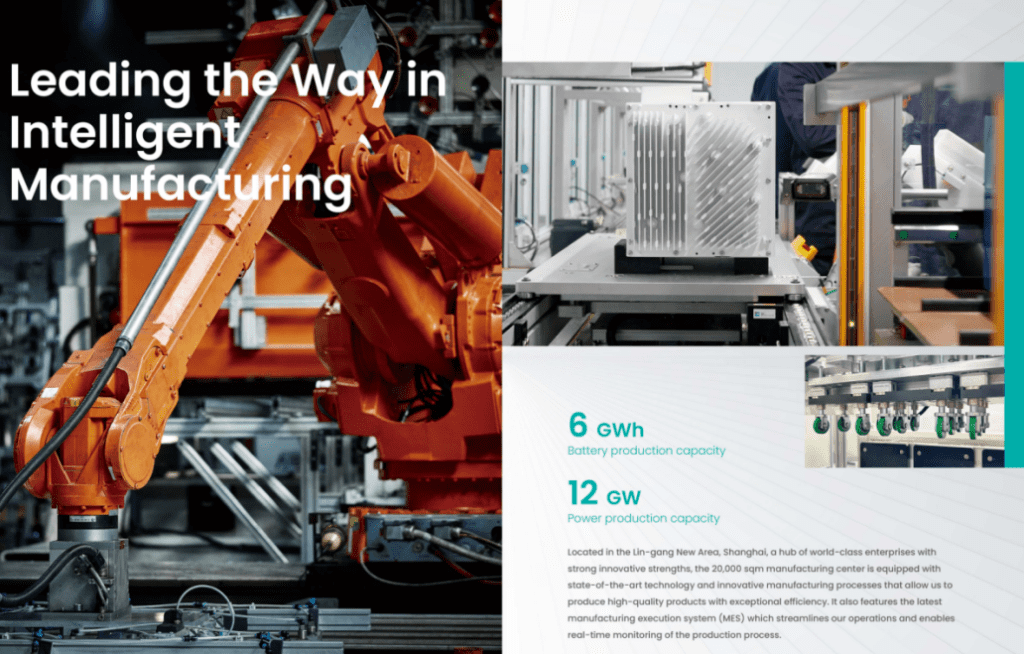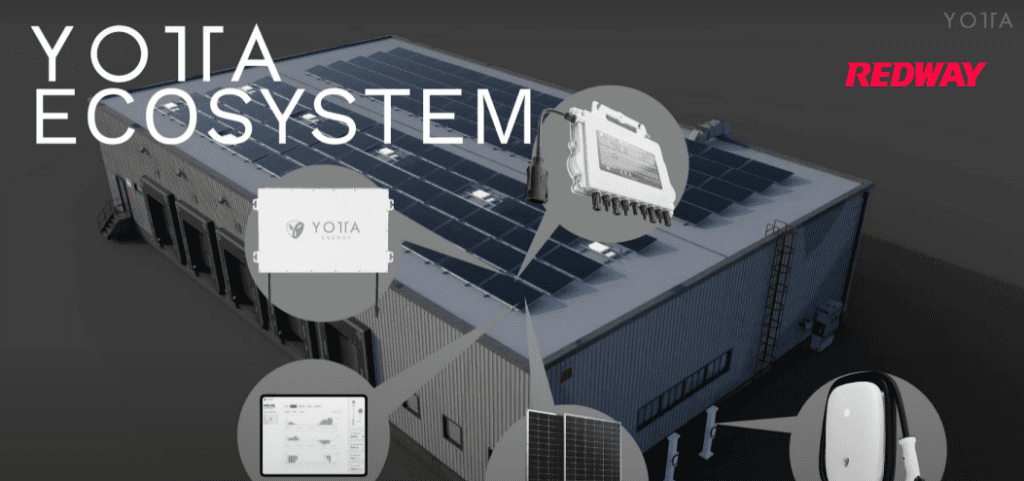Home energy storage systems (ESS) are revolutionizing how households manage their electricity needs. By storing excess energy from renewable sources, these systems provide backup power, enhance energy independence, and reduce electricity costs. This article explores various business models for home ESS, emphasizing their operational mechanisms, benefits, and future potential.
How do home energy storage systems operate?
Home energy storage systems work by capturing excess electricity generated from renewable sources like solar panels. This stored energy can then be utilized during peak demand periods or power outages, ensuring a constant supply. Typically, these systems include batteries, battery management systems (BMS), and inverters that convert stored DC power into usable AC power for household appliances.Chart: Components of a Home Energy Storage System
| Component | Function |
|---|---|
| Battery | Stores excess electricity |
| BMS | Manages battery performance |
| Inverter | Converts DC to AC power |
What advantages do home energy storage systems offer?
Home ESS provides numerous benefits, including:
- Energy Independence: Reduces reliance on grid power.
- Cost Savings: Lowers electricity bills by utilizing stored energy during peak rates.
- Environmental Impact: Supports renewable energy use, reducing carbon footprints.
- Backup Power: Provides electricity during outages, enhancing resilience.
Chart: Benefits of Home Energy Storage Systems
| Benefit | Description |
|---|---|
| Energy Independence | Less reliance on grid electricity |
| Cost Savings | Reduced utility bills |
| Environmental Impact | Lower carbon emissions |
| Backup Power | Reliable power during outages |
What types of home energy storage models exist?
There are several business models for home ESS:
- Leasing Model: Users pay monthly fees to lease equipment without upfront costs.
- Ownership Model: Consumers purchase the system outright, benefiting from long-term savings.
- Community Solar Programs: Residents share a larger solar installation and its benefits.
- Virtual Power Plants (VPP): Aggregates multiple home ESS to sell excess power back to the grid.
How can home energy storage systems reduce costs?
By storing electricity during off-peak hours when rates are lower and using it during peak hours when rates rise, homeowners can significantly cut their electricity bills. Additionally, incentives and rebates for installing renewable sources enhance financial savings.
Why is scalability crucial in home energy storage solutions?
Scalability allows homeowners to expand their energy storage capacity as their needs change or as technology advances. Modular designs enable easy upgrades or additions to existing systems without complete replacements.
How does AI optimization improve home energy management?
AI technologies enhance the efficiency of home ESS by predicting usage patterns and optimizing battery charging cycles. This leads to better performance and longer battery life while maximizing cost savings through intelligent load management.
Latest News
Recent developments in home energy storage highlight a growing trend towards integrating AI technologies for enhanced efficiency. Companies are increasingly focusing on modular designs that allow for easy scalability and customization based on individual household needs. The push for sustainability continues to drive innovation in this sector, with new products entering the market aimed at improving user experience and reducing costs.
Editor Comment
“Home energy storage is not just a trend; it’s a necessary evolution in how we consume and manage electricity. As technology advances, we can expect more innovative solutions that not only empower consumers but also contribute significantly to a sustainable future.”
FAQ Section
What is the lifespan of a typical home ESS?
Most lithium-ion batteries last between 5 to 15 years, depending on usage patterns and maintenance.Can I install a home ESS with any renewable source?
Yes, home ESS can be integrated with various renewable sources such as solar, wind, and hydroelectric power.How much does a home ESS typically cost?
The cost can range from $5,000 to $15,000 for residential installations, depending on system size and technology.




